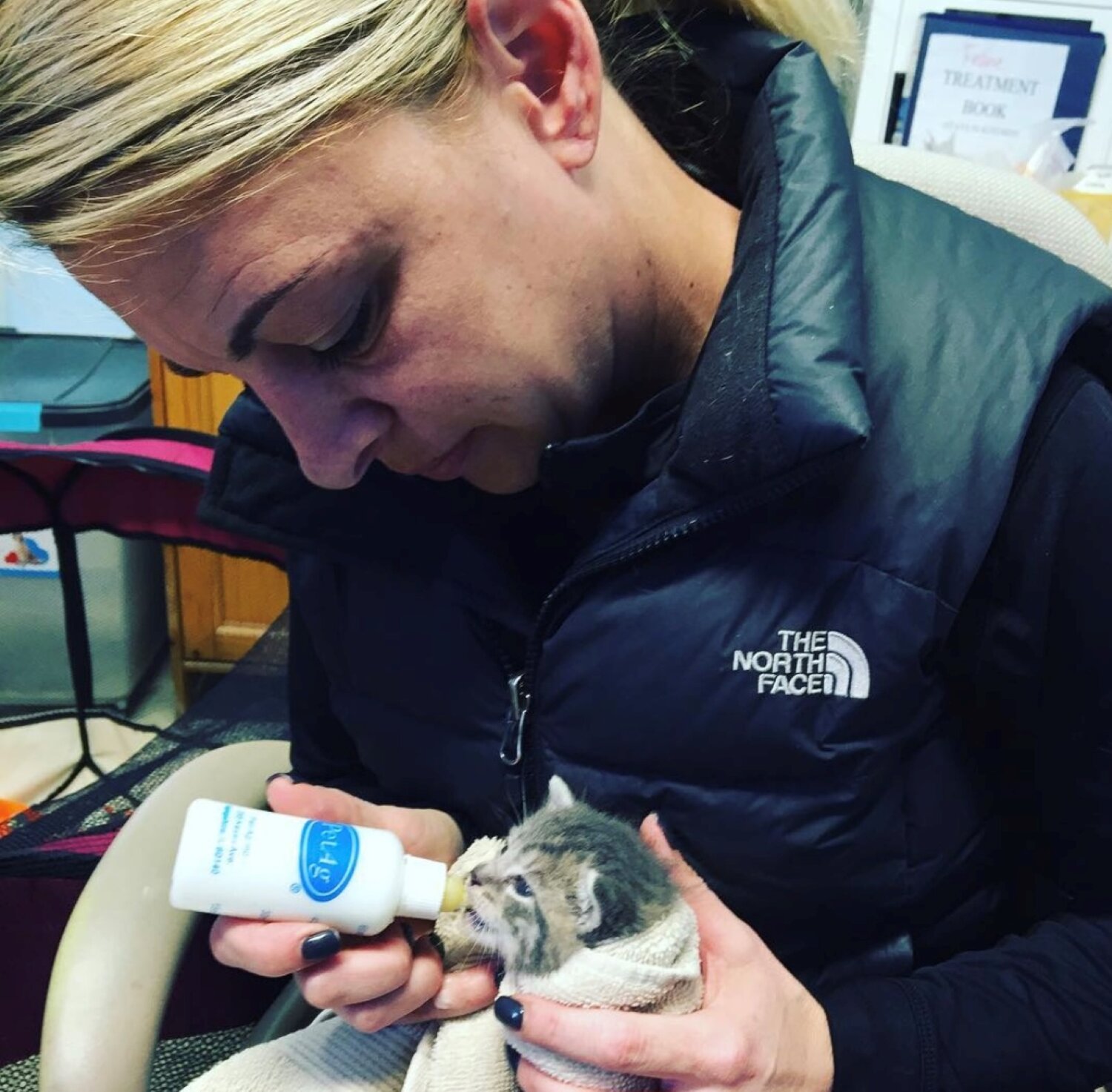North Shore nonprofits manage feral cat population
Helping cats, aiding the community
While the North Shore of Long Island is rarely considered to have a large population of wild animals, feral cats are one species that are here in relatively large numbers.
Thanks to a few passionate advocates hundreds of these cats have been spayed, neutered and medicated in the last nine years, preventing their population from exploding while making sure the felines can still enjoy long and happy lives.
Susan Raso, of Glenwood Landing continues to work with feral cats, or cats that have not been socialized to humans, for the last 20 years. She said she was first drawn to helping cats when she came across a litter of kittens in a junkyard on the border of Sea Cliff and Glen Cove.
“Naturally I became concerned and wanted to help,” Raso said. “Some of the kittens were dying and they looked really skinny, and I just wanted to do something because it was such a pathetic sight.”
Raso got help for the kittens, and subsequently learned how to catch other cats, and where to take them to be spayed and neutered. For nearly the next decade and a half, Raso spent much of her personal time and money trying to promote the issue, but found that it was too expensive to manage on her own.
So, in 2017, she established Cat Wrangler Rescue, Inc., a nonprofit organization, which she continues to run as director. While Raso says that she has a few part-time volunteers, she still handles the majority of the organization’s day-to-day operations.
Since 2014, Raso also worked closely with Janine Fakiris, the director of Cove Animal Rescue, a shelter in Glen Cove. Fakiris explained that a single female cat can give birth to hundreds of kittens over its lifetime, which can cause the feral population to grow rapidly.
“We were trapping hundreds of cats, day and night, just to try to make sure we didn’t have an influx in spring with kittens,” Fakiris said. “Within the first two years we did quite a lot on our own.”
Cove Animal Rescue now has its own Trap-Neuter-Return program with the support of the City of Glen Cove. Raso and Fakiris still work closely together, and it appears that the feral population has diminished in recent years.
While there is no widespread data on the number of feral cats in Nassau County, Fakiris estimates that in the nine years she and Raso have been doing this work, they have spayed and neutered well over 1,000 felines. Without this, they say animal shelters like Cove can be overwhelmed with kittens every spring, and Fakiris said that one year they received as many as 125 feral kittens.
To actually catch the wild adult cats, Fakiris and Raso set up humane traps around Glen Cove, Sea Cliff, Glen Head and Glenwood Landing, which they put food in while leaving open the door. This encourages cats to come to eat, and when they walk in the door slides shut behind them.
The cats are then taken to veterinarians, who have them fixed and, very importantly, give them their shots. Fakiris and Raso explained that most feral cats are far more likely to die from illness or infection than anything else.
Raso added that, with catch and release, the feral cats are able to live full lives while also not overpopulating the community. In addition, cats under six months old that are caught are still able to be socialized to humans, meaning many of the younger felines that are caught are adopted by local families.
“It helps the cats and it helps the community, because nobody wants a million cats running around their yard,” Raso said. “It’s really a win-win.”

 43.0°,
Partly Cloudy
43.0°,
Partly Cloudy 





